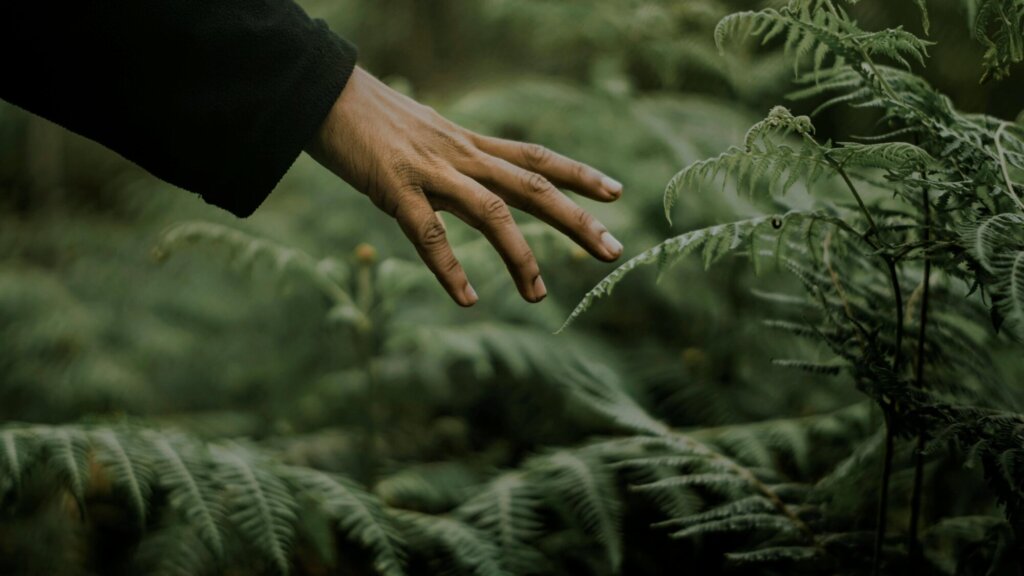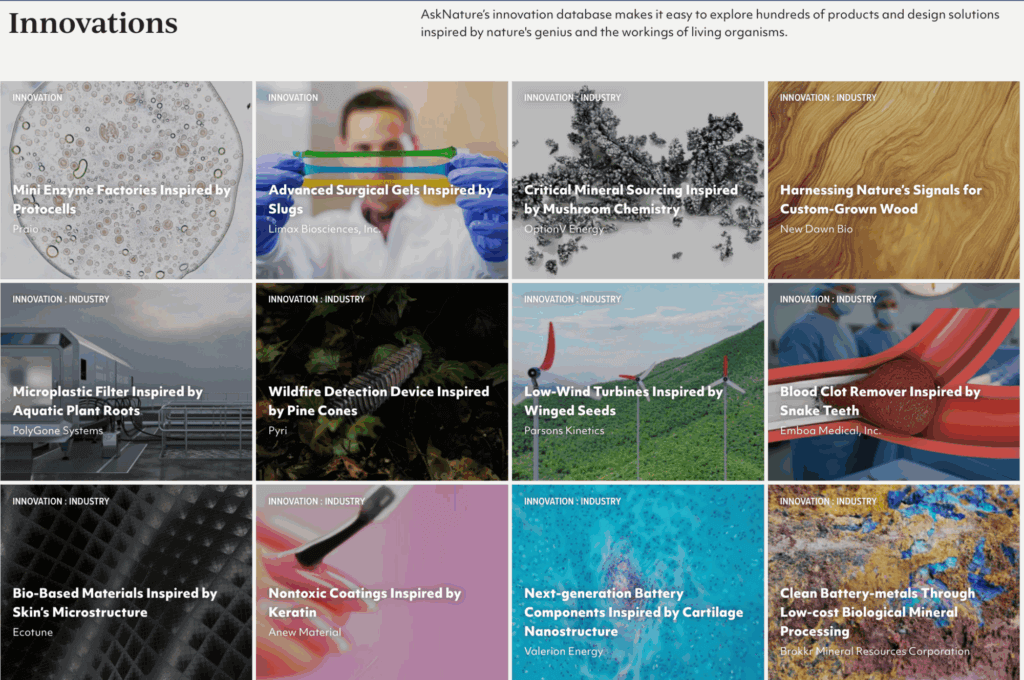Guided by biomimicry curriculum, students delivered nature-inspired solutions to the most pressing environmental and social challenges of our day.
The Biomimicry Institute is proud to announce the winners of this year’s Youth Design Challenge (YDC), an open access educational initiative that utilizes the principles of biomimicry to inspire students to tackle pressing environmental challenges. The project-based curriculum uniquely empowers middle and high school educators to engage their students in a multidisciplinary exploration of nature-inspired problem solving, focusing on Sustainable Development Goals (SDGs) such as “Clean Water and Sanitation” and “Good Health and Well-Being.”
This year’s challenge saw remarkable participation from across the world, with submissions from 11 countries diving into the biomimicry process under the guidance of dedicated educators and mentors. From tackling issues ranging from flooding to droughts, and microplastics to algal blooms, the YDC winners have offered unique, nature-inspired ideas to solve local design challenges.
WINNERS OF THE 2024 YOUTH DESIGN CHALLENGE
High School First Place:
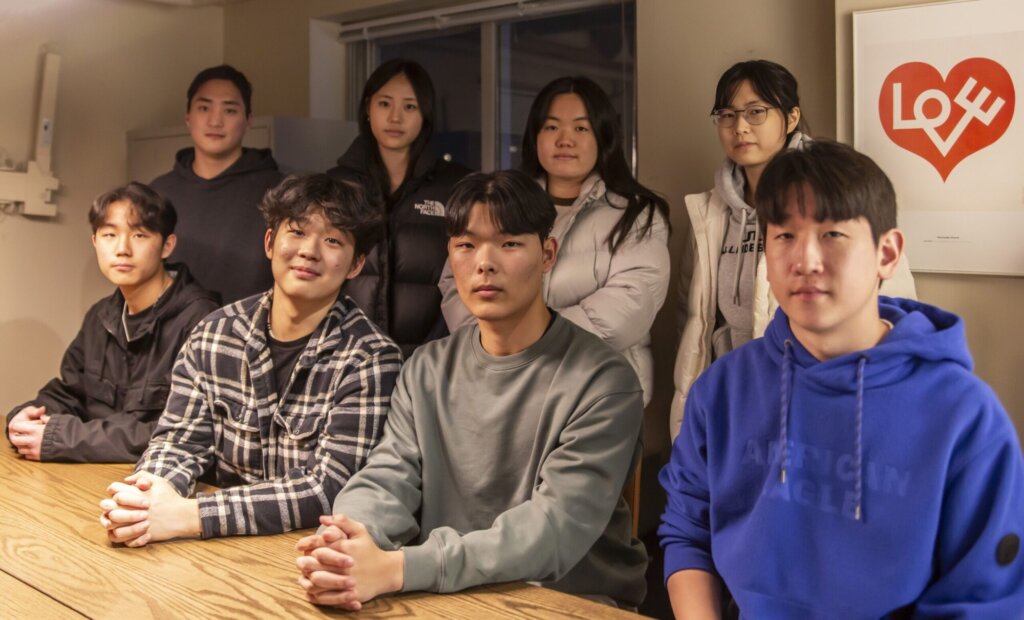
- Team Name: Design Matter
- School Name and location: Orange Cube Art, Seoul, South Korea
- Project Title: Green Buoy
- SDG Addressed: Industry, Innovation and Infrastructure (9) & Life Below Water (14)
- Brief Description of the Solution: Oyster farming in South Korea is an industry that contributes to microplastic pollution in the ocean through the degradation of buoys. Attempts at shifting from styrofoam to alternative materials like aluminum have failed in the past, so team Design Matter from Seoul decided to try to find a nature-inspired solution. Their design, Green Buoy, is a buoy made from chitofoam (a biodegradable material derived from mealworm exoskeletons) that eliminates the risk of microplastic pollution and promotes sustainable marine farming. The team took inspiration from the aquatic Hydrocharis dubia plant, mimicking the dome-shaped air pockets of the plant to provide buoyancy. They designed the buoy connector modules by studying the way that seahorses use their tails to latch onto coral reefs. The Green Buoy could be the answer to finding a sustainable way to keep the oyster farming industry from further polluting South Korean waters with microplastics.
High School Second Place:
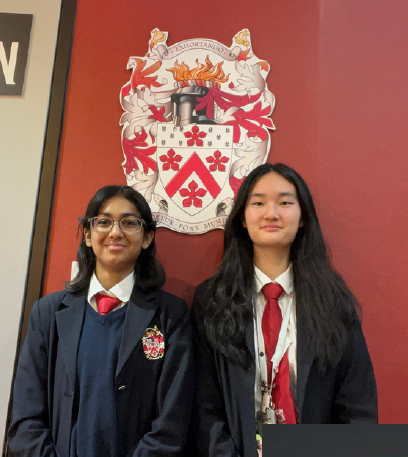
- Team Name: A Squared
- School Name and location: Dulwich College Beijing, Beijing, China
- Project Title: The Beenard’s Canopy
- SDG Addressed: Clean Water and Sanitation (6)
- Brief Description of the Solution: Access to clean and affordable drinking water is still not a universal reality, particularly in South Sudan, where waterborne diseases account for a high percentage of deaths among children. Team A Squared from Beijing wanted to address this problem, so they designed the Beenard’s Canopy. Inspired by the Namib Beetle, Moloch Lizard, and the Desert Rattlesnake, their device condenses the dew in the air, channels the collected water through a filter, and stores the water in a tank for drinking and sanitation purposes. The team mimicked a combination of water collection and transport strategies found in nature, adding a hydrophobic surface, hydrophilic bumps, and capillary channels to their design. The idea addresses the problem of lack of access to clean water by providing an economically viable solution.
High School Third Place:
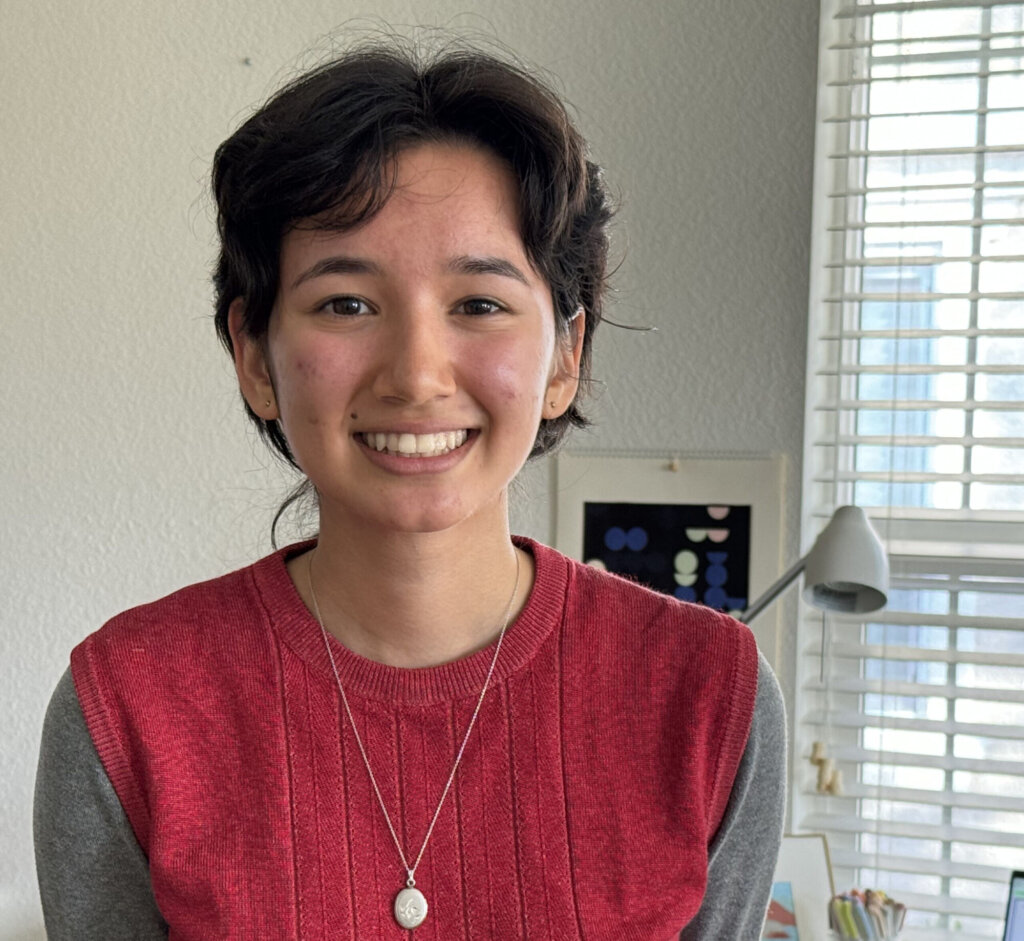
- Team Name: Rain Net
- School Name and location: Valencia High School, Valencia, CA, USA
- Project Title: The Rain Net
- SDG Addressed: Clean Water and Sanitation (6)
- Brief Description of the Solution: In recent years, atmospheric rivers have caused massive flooding in California, and yet, for most of this team’s life, California has been in a drought. Tackling both problems at once, the team designed a rain catchment device that could also address the issue of urban flooding. The Rain Net is a series of tubes that create a “net” around an area and divert water towards one single point. Inspired by capillary action found in plants and the branching patterns of leaf veins, the Rain Net has xylem-inspired tubes that divert, collect, and filter rainwater. The invention could be modified to fit any roof and the design makes it possible to connect multiple “nets,” allowing for more than one drainage system.
High School Honorable Mention:
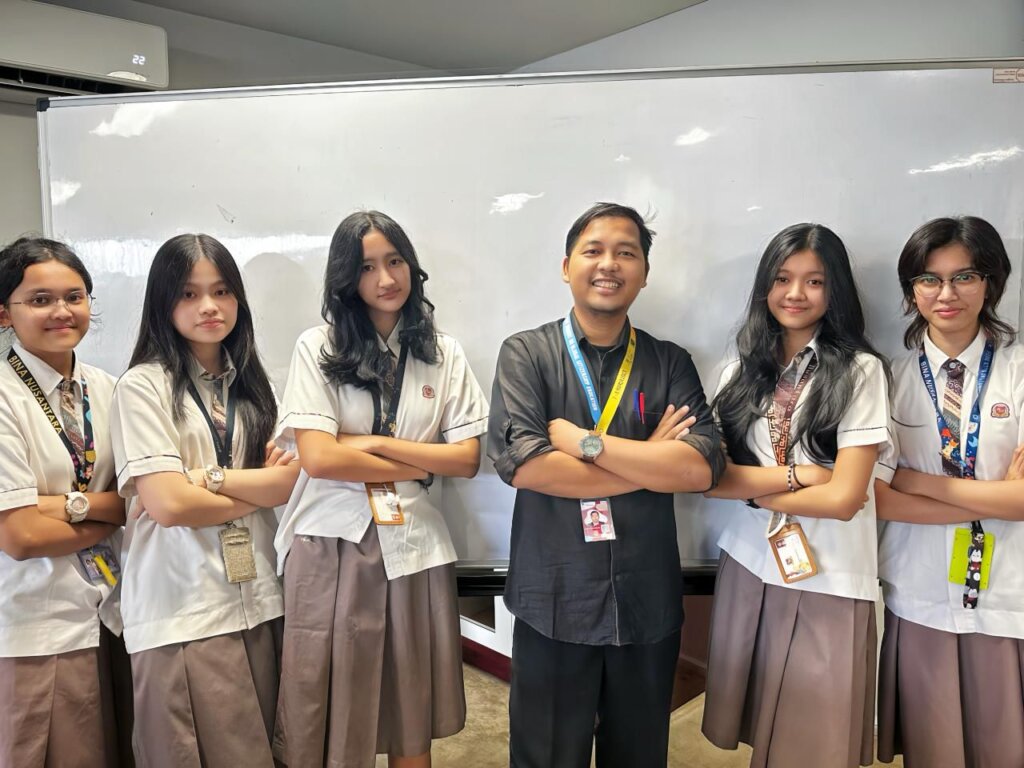
- Team Name: The Antologists
- School Name and location: BINUS School Bekasi, Bekasi, Indonesia
- Project Title: The Antrodam
- SDG Addressed: Sustainable Cities and Communities (11) and Climate Action (13)
- Brief Description of the Solution: Flash floods can cause tremendous damage to both people and ecosystems. This team from Bekasi, Indonesia aimed to mitigate the impact of flash floods through their invention, the Antrodam. The Antrodam’s curved inflatable walls would act as a dam, directing flood waters away from buildings and cultural heritage sites. The team, the Antologists, got their main inspiration from Indian Harvester Ant nests, which divert water away from the entrance of the nest. The Antrodam design enables the walls to be inflated and deflated according to need, a feature that arose from studying the giant pill millipede’s strategy of rolling into a tight ball when threatened, and the male frigatebird’s puffed throat. The outward curvature of the walls, which direct the flow of the water, mimics lettuce leaf coral and rose petals. The design is intended to protect both people and infrastructure as flash floods become an increasingly common occurrence in Indonesia due to climate change.
Middle School First Place:
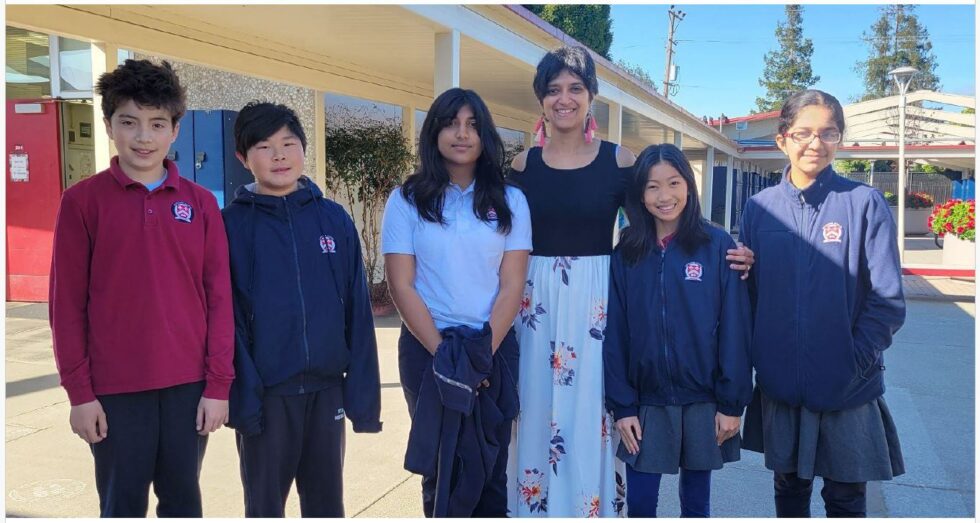
- Team Name: Bubbl
- School Name and location: Stratford Middle School, San Jose, CA, USA
- Project Title: Bubbl
- SDG Addressed: Life Below Water (14)
- Brief Description of the Solution: The practice of bottom trawling, in which a net is dragged along the seafloor to catch fish, damages marine ecosystems. Team Bubbl hoped that their innovation would promote a new way to practice sustainable fishing while protecting marine life. Their device, the Bubbl, produces a cylinder of bubbles to attract fish, a strategy common to whales, and has a reflective surface, just like the beaks of black skimmer birds, which attract fish when their beaks reflect light. Team Bubbl’s design attempts to create a more sustainable method of fishing that can protect aquatic ecosystems and allow marine organisms to thrive.
Middle School Second Place:
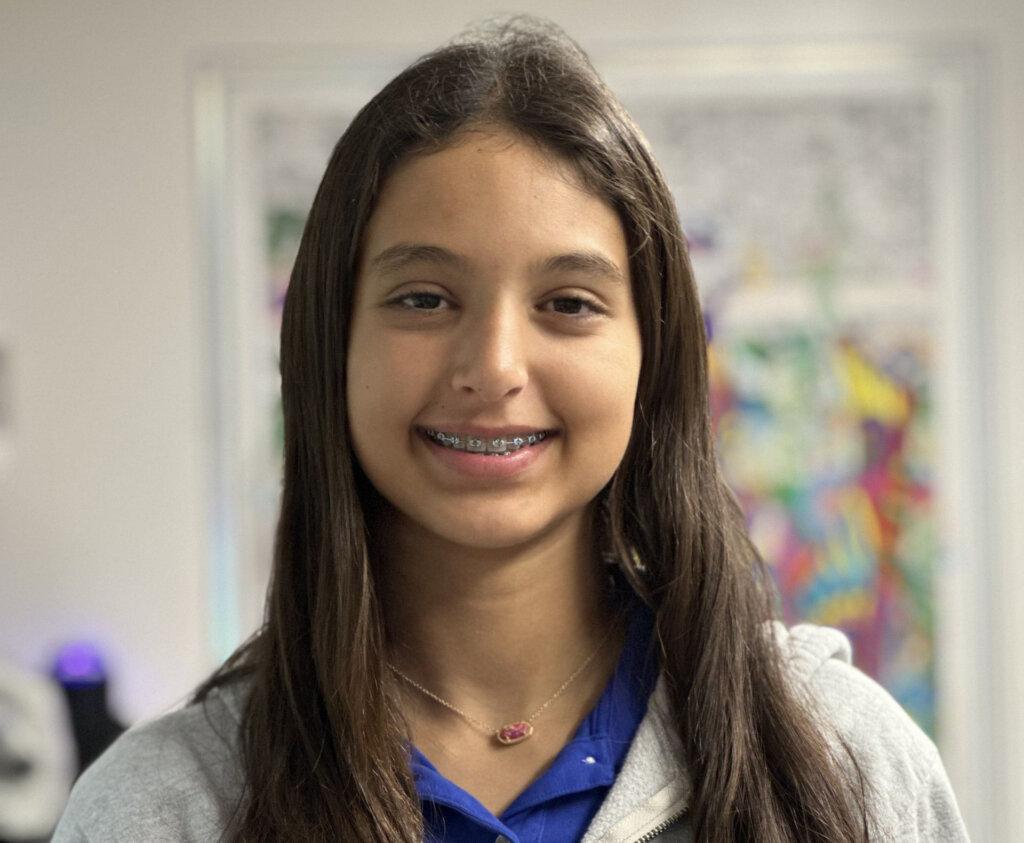
- Team Name: Team Desalinator
- School Name and location: The Bolles School, Jacksonville, FL, USA
- Project Title: Desalinator
- SDG Addressed: Life Below Water (14)
- Brief Description of the Solution: Rising salinity levels are causing ecosystem disruption in the Florida Everglades and posing a threat to local sources of drinking water. Team Desalinator addressed this issue by creating a device to filter excess salt out of water. The Desalinator contains layered filters consisting of semi-permeable membranes that suck in saltwater and expel desalinated water. The team mimicked clam siphons, which intake and release water, and the hexagonal shape of honeycombs, used to maximize space efficiently and minimize material usage. By design, when the filters reach capacity, sensors would send an alert to scientists to replace them, an idea inspired by salt glands and the osmoregulation process of seabirds.
Middle School Third Place:
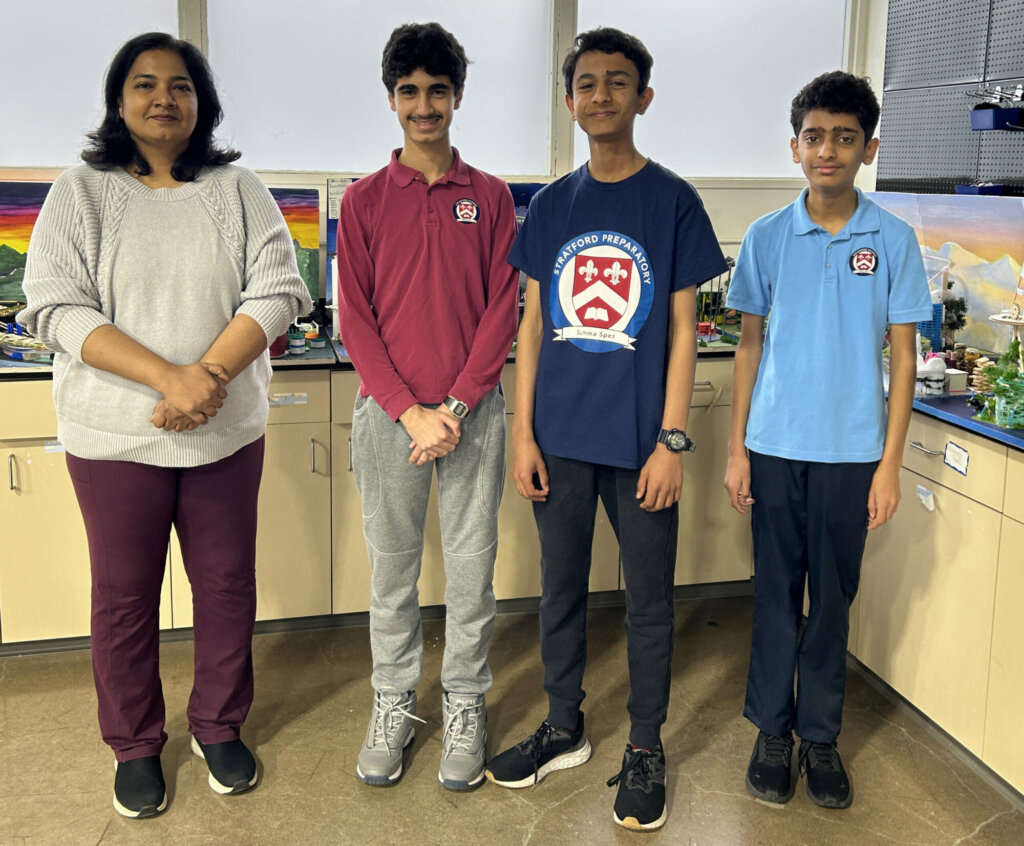
- Team Name: BioBlackford
- School Name and location: Stratford Middle School, San Jose, CA, USA
- Project Title: The Anisoptera Panel
- SDG Addressed: No Poverty (1), Good Health and Well-Being (3), and Clean Water and Sanitation (6)
- Brief Description of the Solution: Poor sanitation has a staggering effect on human health and well-being around the world. To address this issue, team BioBlackford from San Jose, CA designed a low-cost self-cleaning panel, the Anisoptera Panel. The team took inspiration from the panel’s namesake, the Latin word for dragonfly, by mimicking the microscopic spikes on dragonfly wings, which kill bacteria and prevent infection. Another inspiration was the superhydrophobic surface of lotus leaves, which enables the leaves to repel water and debris. To connect their panel to existing walls, the team mimicked strategies of adhesion used by mussels. The team hopes that their innovation can reduce the amount of deaths from bacterial infection and the spread of disease in communities across the globe.
Middle School Honorable Mention:
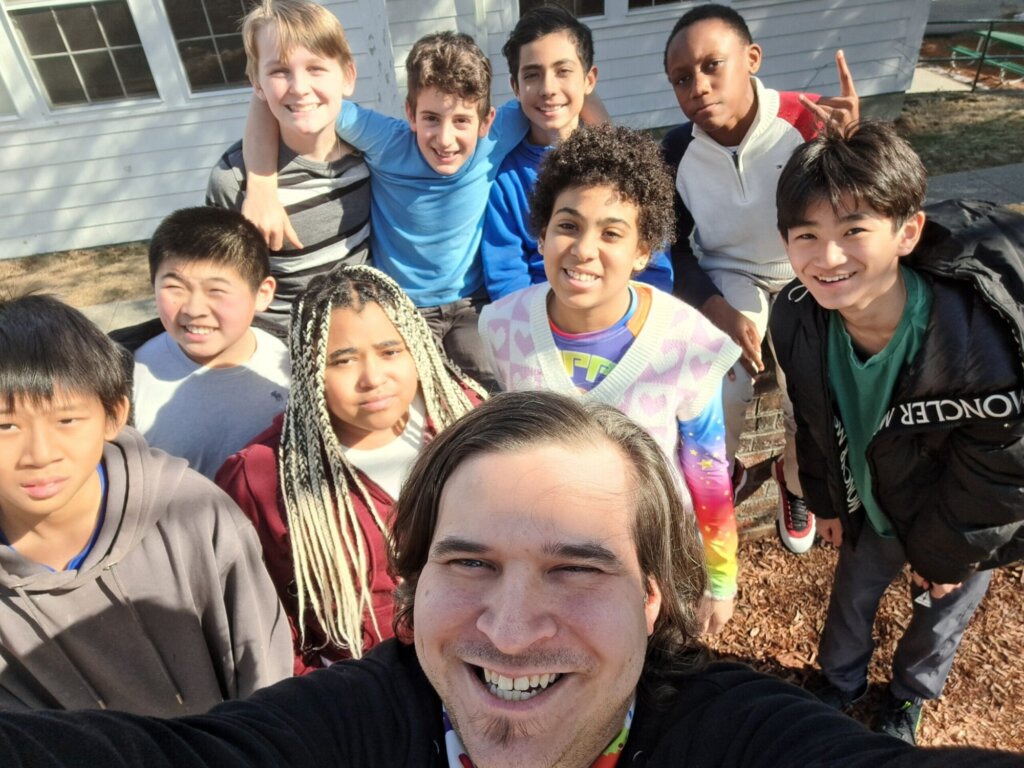
- Team Name: Applewild 6th Grade – Maple
- School Name and location: Applewild School, Fitchburg, MA, USA
- Project Title: Anti-Algae Bloom Filter
- SDG Addressed: Clean Water and Sanitation (6), Affordable and Clean Energy (7), and Life Below Water (14)
- Brief Description of the Solution: “Dead zones” in the ocean can be caused by algal blooms, which prevent oxygen and sunlight from reaching the organisms beneath them. A team from Applewild School in Massachusetts addressed this issue by creating an algae filter that doesn’t require electricity. Their Anti-Algae Bloom Filter mimics the basking shark’s method of ram feeding, in which a shark employs a filter-feeding technique with its open mouth. The team’s device traps algae in its mesh filters just as basking sharks trap zooplankton in their gill rakers. The team hopes that their nature-inspired design will have a positive impact on aquatic ecosystems, and also pointed out that the collected algae could be used as a renewable fuel source.
The Youth Design Challenge not only encourages students to turn to nature in order to solve problems, but also equips them with the lifelong skills needed to drive change in their communities and beyond. The process involves an iterative design that promotes deep engagement with the natural world, fostering a unique blend of scientific inquiry and creative problem-solving.
For more information about the Youth Design Challenge and to view the detailed project submissions of this year’s winners, please visit youthchallenge.biomimicry.org. You can read the official winners’ announcement here.



